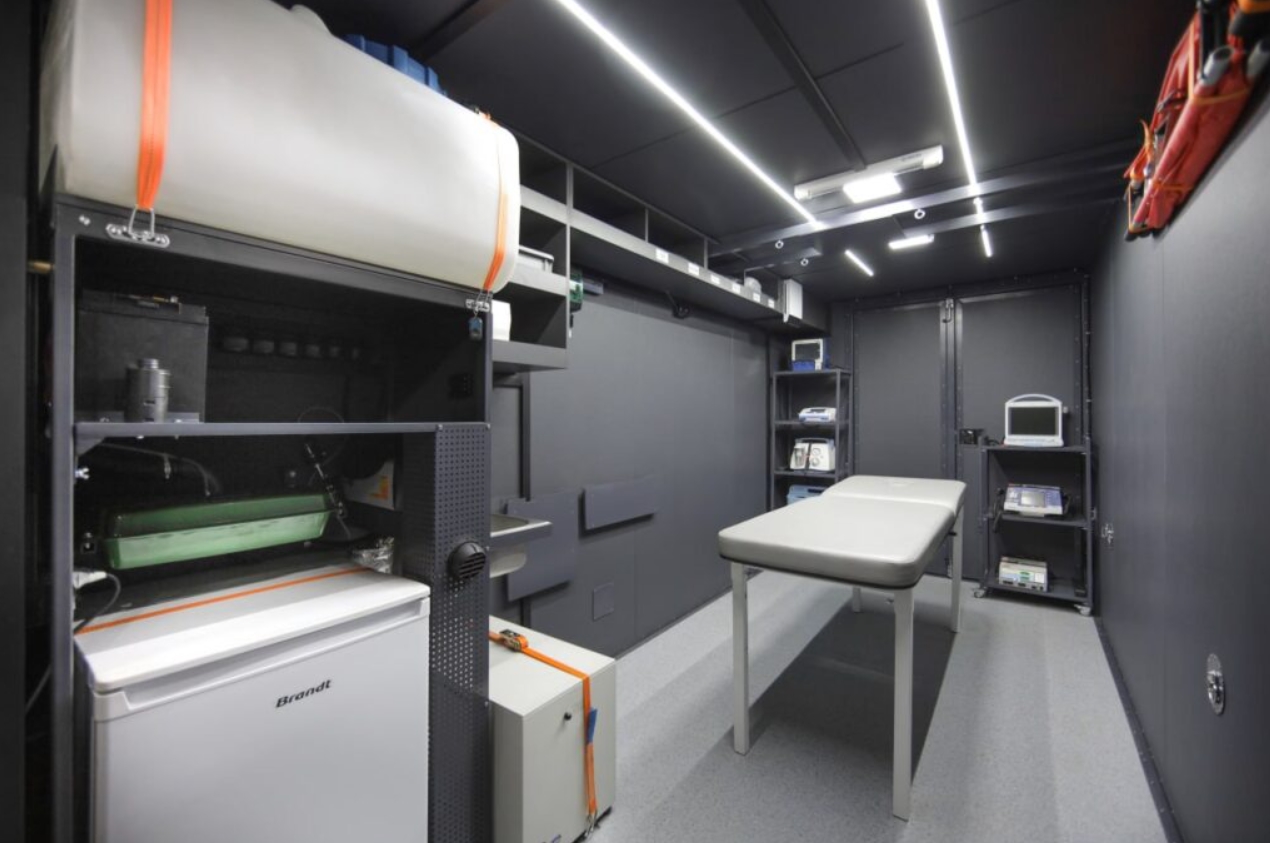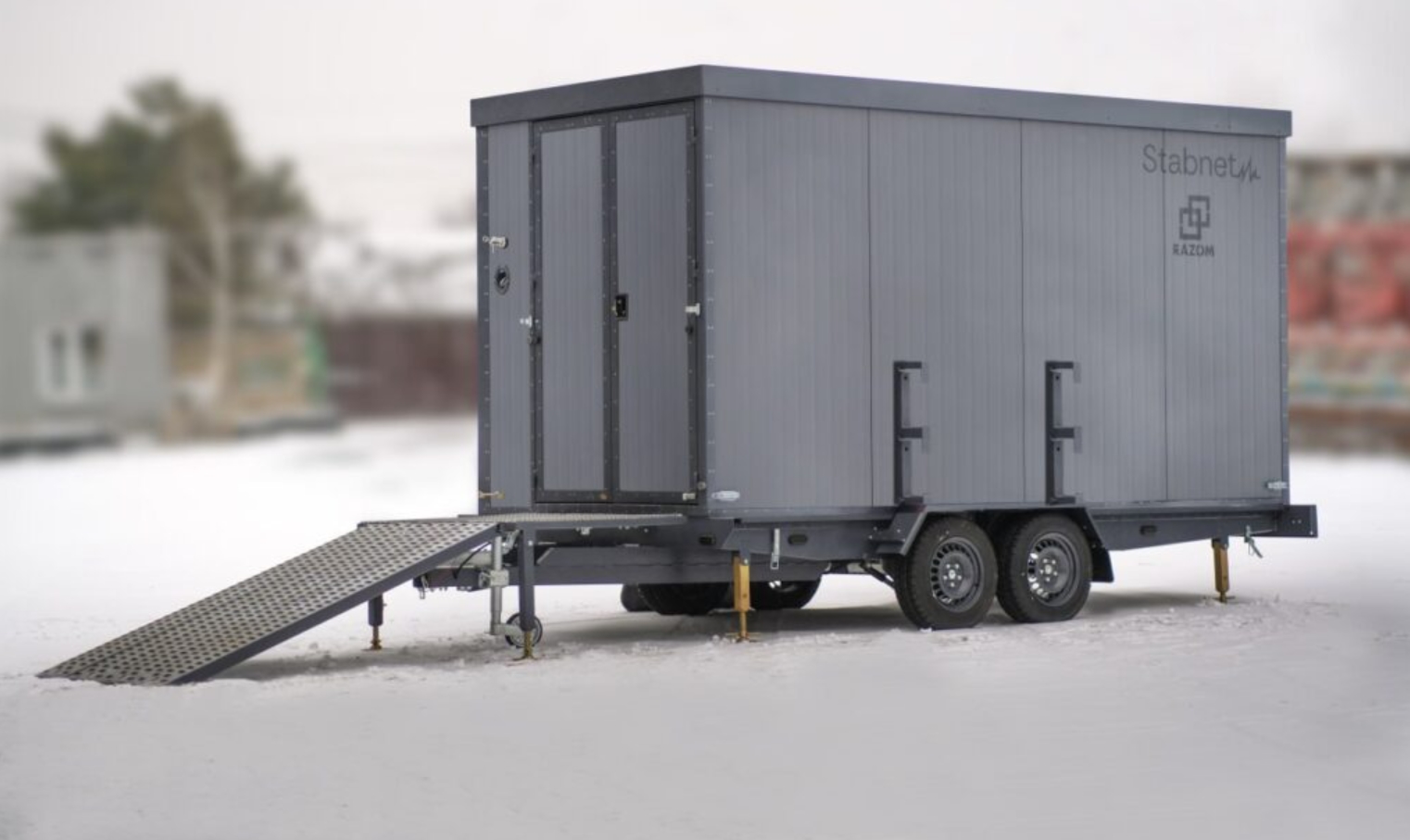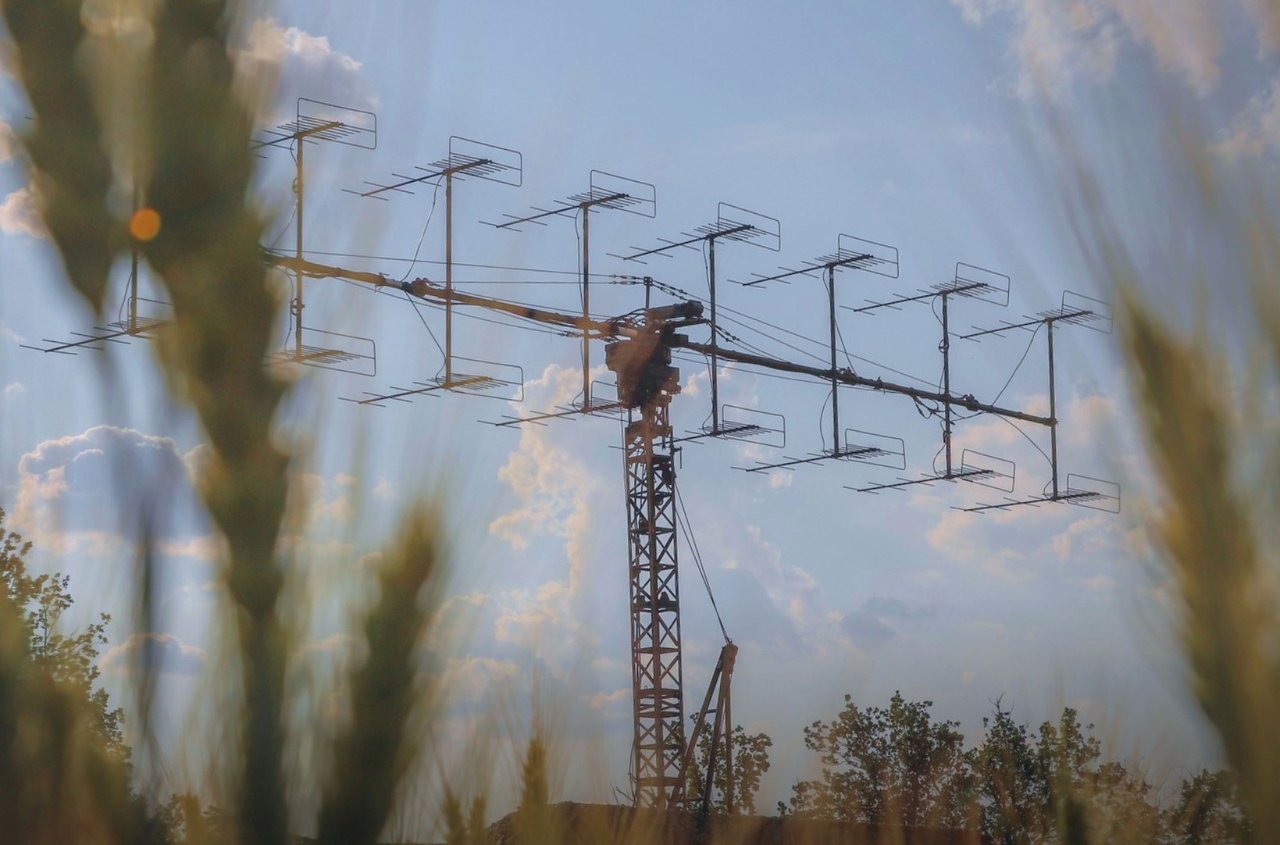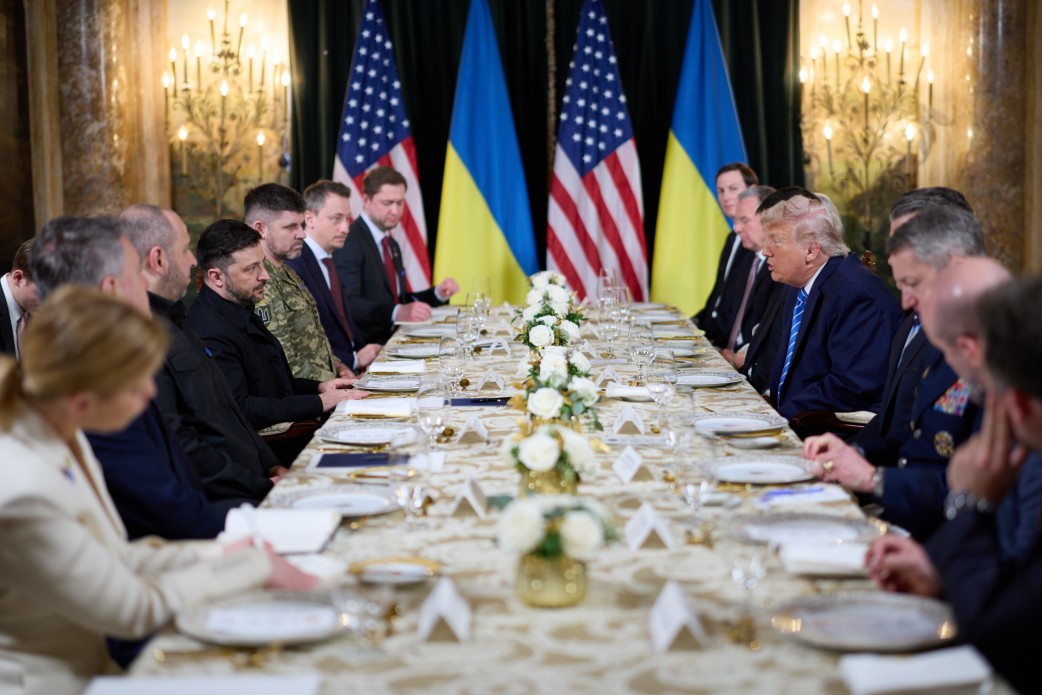In Ukraine, the mobile stabilization point STABNET was presented, aimed at rescuing injured soldiers.
This was reported by MilÑ–tarnyi.
According to medical brigades' estimates, a large percentage of the wounded die on their way to stationary stabilization points.
The developers of the STABNET project propose to solve this complex issue by deploying a mobile network of stabilization containers along the front line.
These lightweight, mobile containers equipped with modern technologies are intended to establish a new network of emergency assistance close to the areas of combat.
In addition to stationary stabilization points, this is intended to provide the possibility to reduce the time of emergency assistance to the wounded, thereby increasing their chances of survival.
The STABNET stabilization container measures 2.5 meters in width and 6 meters in length, weighing only 3 tons. Developers note that a fully equipped stabilization point costs 45,000 euros.

It has several advantages:
1. Mobility: Due to its light weight, it can be easily towed by any four-wheel-drive vehicle or van.
2. Compact size allows it to be hidden as close to "zero" as possible.
3. The container can function autonomously thanks to onboard equipment (generators, water tank, bacterial disinfection system, and washing system).
4. With a total budget of 45,000 euros, it is half the price of an ambulance and 10-20 times cheaper than a mobile hospital container.
The goal of the STABNET project is to deploy at least 100 stabilization containers.
At the same time, combat medics familiar with the presented prototype have raised certain concerns. For instance, the chassis - small-diameter wheels are not suitable for off-road travel, and the exterior appearance of the container will become an attractive target for Russian FPV drone operators and artillerymen.
The container itself is not protected from bullets or shrapnel. Additionally, there are many concerns regarding the equipment and internal dimensions of the container - it is too cramped for the work of a surgeon and anesthesiologist. According to Colonel Konstantin Humenyuk, the chief surgeon of the Armed Forces of Ukraine, "this is a basic model that requires improvement."






















